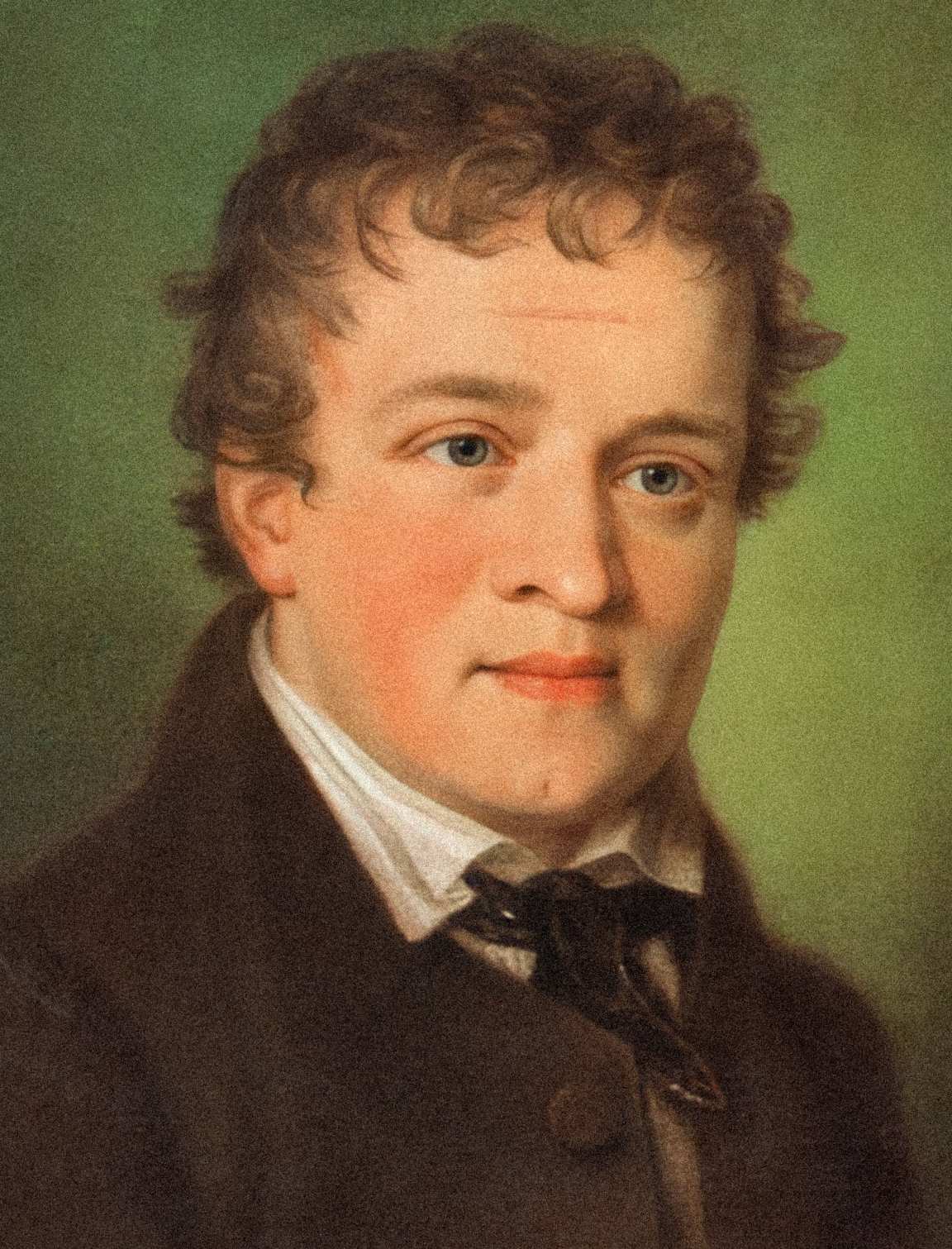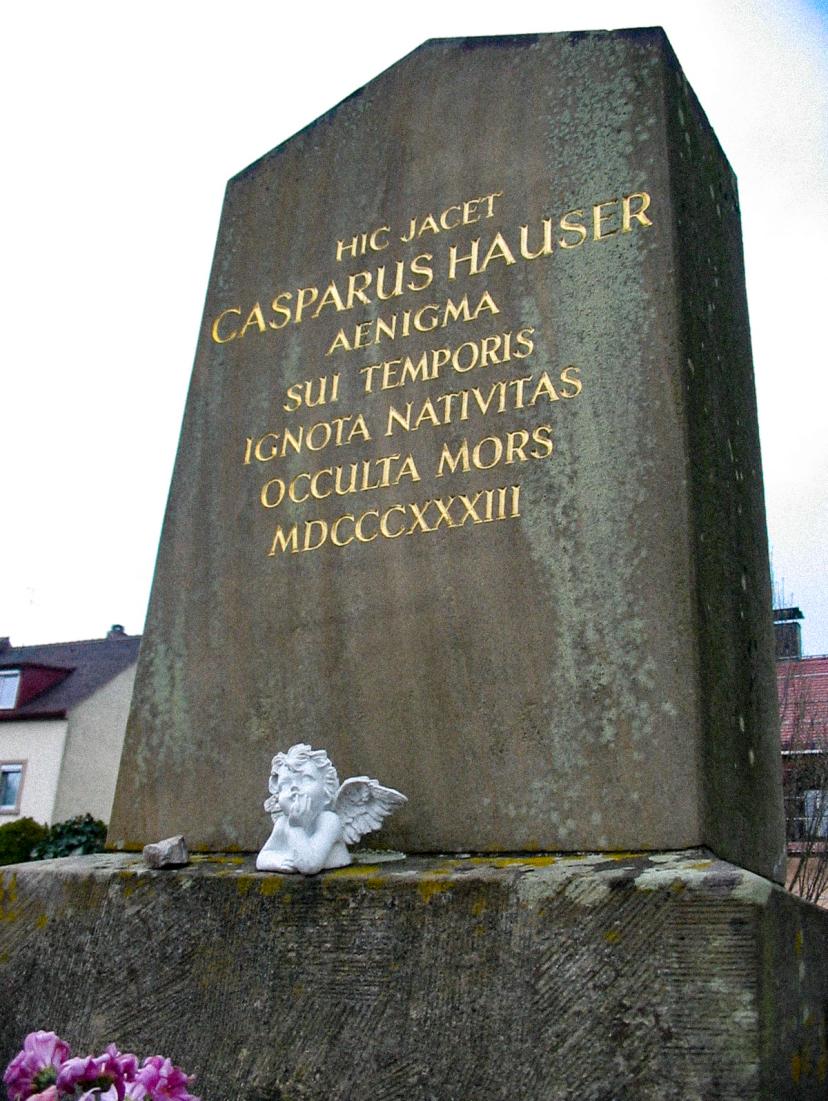Kaspar Hauser was the unfortunate leading character in one of history’s most bizarre mysteries: The Case of the Captive Kid. In 1828, a teenage boy appeared in Nuremberg, Germany with no knowledge of who he was or how he got there. He could not read, write, or speak beyond a few simple words.
In fact, he seemed to know nothing about the world around him and could even understand simple tasks like drinking from a cup only after seeing it demonstrated several times.
The boy also displayed a number uncouth behaviors such as biting his nails and rocking back and forth constantly — all things that would have been considered quite vulgar at that time. Above all that, he claimed that he had been locked in a chamber until recently and knew nothing of his own name. What on earth happened to Kaspar Hauser? Let’s find out…
Kasper – the mysterious boy

On May 26, 1828 a 16-year-old boy appeared in the streets of Nuremberg, Germany. He carried a letter with him which was addressed to a captain of 6th cavalry regiment. The anonymous author said that the boy was given into his custody, as an infant, on the 7th October 1812, and that he had never let him “take a single step out of my (his) house.” Now the boy would like to be a cavalryman “as his father was,” thus the captain should take him in or hang him.
There was another short letter enclosed purporting to be from his mother to his prior caretaker. It stated that his name was Kaspar, that he was born on 30 April 1812 and that his father, a cavalryman of the 6th regiment, was dead.
The man behind the dark
Kaspar claimed that he had, for as long as he could think back, spent his life always totally alone in a darkened 2×1×1.5 meter cell (little more than the size of a one-person bed in area) with only a straw bed to sleep on and a horse carved out of wood for a toy.
Kaspar further stated that the first human being he ever had contact with had been a mysterious man who had visited him not long before his release, always taking great care not to reveal his face to him.
Horse! Horse!
A shoemaker named Weickmann took the boy to the house of Captain von Wessenig, where he would repeat only the words “I want to be a cavalryman, as my father was” and “Horse! Horse!” Further demands elicited only tears or the obstinate proclamation of “Don’t know.” He was taken to a police station, where he would write a name: Kaspar Hauser.
He showed that he was familiar with money, could say some prayers and read a little, but he answered few questions and his vocabulary appeared to be rather limited. Because he provided no account of himself, he was imprisoned as a vagabond.
Life in Nuremberg
Hauser was formally adopted by the town of Nuremberg and money was donated for his upkeep and education. He was given into the care of Friedrich Daumer, a schoolmaster and speculative philosopher, Johann Biberbach, a municipal authority, and Johann Georg Meyer, a schoolmaster, respectively. In late 1832, Hauser was employed as a copyist in the local law office.
The mysterious death
Five years later on December 14, 1833, Hauser came home with a deep wound in his left breast. By his account, he had been lured to the Ansbach Court Garden, where a stranger stabbed him while giving him a bag. When policeman Herrlein searched the Court Garden, he found a small violet purse containing a pencilled note in Spiegelschrift (mirror writing). The message read, in German:
“Hauser will be able to tell you quite precisely how I look and from where I am. To save Hauser the effort, I want to tell you myself from where I come _ _ . I come from from _ _ _ the Bavarian border _ _ On the river _ _ _ _ _ I will even tell you the name: M. L. Ö.”

So, was Kaspar Hauser stabbed by the man who had kept him as an infant? Hauser died of the wound on December 17, 1833.
A hereditary prince?

According to contemporary rumors – probably current as early as 1829 – Kaspar Hauser was the hereditary prince of Baden that was born on September 29, 1812 and had died within a month. It was claimed that this prince had been switched with a dying baby, and had indeed appeared 16 years later as “Kaspar Hauser” in Nuremberg. While others theorized his possible ancestry from Hungary or even England.
A fraud, an impostor?
The two letters Hauser carried with himself were found to have been written by the same hand. The 2nd one (from his mother) whose line “he writes my handwriting exactly as I do” led later analysts to assume that Kaspar Hauser himself wrote both of them.
A British nobleman named Lord Stanhope, who took an interest in Hauser and gained custody of him late in 1831, spent a great deal of money attempting to clarify Hauser’s origin. In particular, he paid for two visits to Hungary hoping to jog the boy’s memory, as Hauser seemed to remember some Hungarian words and had once declared that the Hungarian Countess Maytheny was his mother.
However, Hauser failed to recognize any buildings or monuments in Hungary. Stanhope later wrote that the complete failure of these inquiries led him to doubt Hauser’s credibility.
On the other hand, many believe that Hauser had self-inflicted the wound and accidentally stabbed himself too deeply. Because Hauser was dissatisfied with his situation, and he was still hoping that Stanhope would take him to England as he promised, Hauser faked all the circumstances of his assassination. He did it in a bid to revive public interest in his story and to persuade Stanhope to fulfill his promise.
What did the new DNA test reveal?
In 2002, the University of Münster analyzed hair and body cells from locks of hair and items of clothing that were alleged to belong to Kaspar Hauser. The DNA samples were compared to a DNA segment of Astrid von Medinger, a descendant in the female line of Stéphanie de Beauharnais, who would have been Kaspar Hauser’s mother if indeed he had been the hereditary prince of Baden. The sequences were not identical but the deviation observed is not large enough to exclude a relationship, as it could be caused by a mutation.
Conclusion
Kaspar Hauser’s case baffled everyone who heard about it. How could someone so young be locked up for their entire life without anyone noticing? Even more strange, why did Hauser not know things like what letters or numbers were after being locked up for so long? People thought he might be either insane or an impostor trying to escape from prison.
Whatever happened, today it cannot be completely ruled out that Kaspar Hauser’s life may have been caught in the political trap of that time. After investigating his story, it became clear that Kaspar Hauser had indeed been held captive for many years before appearing in public. In the end, it is still unclear how this happened and who kept him captive for so long.




